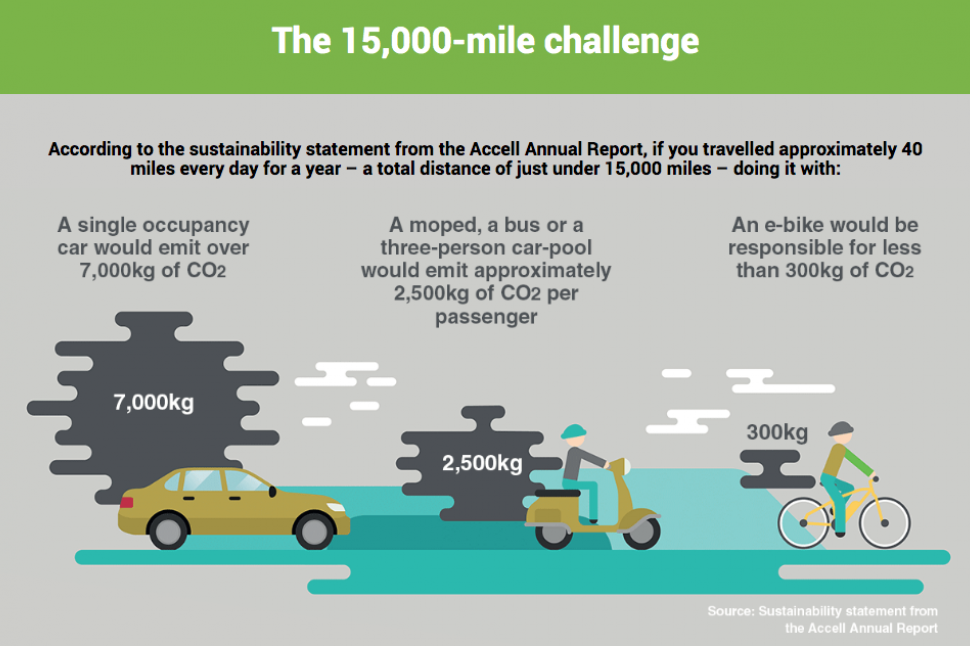Familiarize Yourself With The Regulations In Your Region To Ensure Risk-Free And Legal E-Bike Riding
Familiarize Yourself With The Regulations In Your Region To Ensure Risk-Free And Legal E-Bike Riding
Blog Article
Content Writer-Nyholm Hebert
Prior to you hop on your e-bike and struck the streets, it's important to understand the laws and laws that regulate your city. From rate restrictions to marked riding locations, there's a whole lot to think about to ensure you're certified and safe. By acquainting on your own with the regulations specific to e-bikes, you'll be better geared up to appreciate your adventures with no unexpected legal issues. Keep tuned to uncover key understandings that will certainly assist you browse the e-bike landscape in your city seamlessly.
Recognizing E-Bike Classification
When it pertains to navigating the world of e-bike laws and guidelines, a critical beginning factor is recognizing the classification system that classifies these electric bicycles. E-bikes are generally classified right into three major classifications: Course 1, Class 2, and Course 3.
Course 1 e-bikes are pedal-assist just, suggesting they offer aid while the biker is pedaling and have a maximum speed of 20 mph. These bikes are allowed in areas where standard bikes are permitted.
Course 2 e-bikes are equipped with a throttle that can move the bike without pedaling. They additionally have a maximum speed of 20 mph and appropriate for cyclists that might need help without pedaling continuously.
https://titusbmven.aboutyoublog.com/34941981/learn-how-a-handful-of-easy-adjustments-can-help-you-effortlessly-reveal-the-tricks-to-enhancing-your-e-bike-s-battery-durability -bikes are similar to Class 1 but with a greater maximum speed of 28 miles per hour. These bikes are commonly limited from particular bike courses or tracks because of their greater speeds.
Recognizing these classifications is necessary for adhering to regional regulations and guaranteeing a safe and enjoyable e-biking experience.
Navigating Rate Limitations and Restrictions
To effectively navigate e-bike laws and guidelines, it's critical to comprehend the rate restrictions and limitations that relate to various courses of electrical bikes.
Speed limits for e-bikes differ relying on the classification of the bike. Course 1 e-bikes, which are pedal-assist just and have a maximum speed of 20 miles per hour, are commonly permitted on bike lanes and paths.
Course 2 e-bikes, which have a throttle in addition to pedal-assist and additionally reach rates of approximately 20 miles per hour, might be limited in specific areas where motorized vehicles aren't permitted.
Course 3 e-bikes, with pedal-assist approximately 28 miles per hour, are usually called for to comply with the very same regulations as conventional bikes.
It's important to comply with these speed limits and constraints to ensure your safety and the safety and security of others when driving. Prior to riding your e-bike, acquaint yourself with the certain regulations in your city to avoid any kind of prospective penalties or legal concerns.
Where to Adventure Your E-Bike
To determine where you can ride your e-bike, it's vital to be aware of the laws and guidelines certain to your location. In many locations, e-bikes are normally allowed on roads and streets where typical bicycles are allowed. This may include bike lanes, bike paths, and shared roadways. Nonetheless, it's crucial to examine regional legislations as some cities may have specific restrictions on where e-bikes can be ridden.
When riding your e-bike, always prioritize safety by following traffic guidelines and respecting pedestrian walkways. In addition, bear in mind any type of designated bike lanes or paths in your location and use them whenever feasible to make sure a smoother and safer ride.
Some cities also have guidelines pertaining to e-bike usage on sidewalks, so ensure to familiarize on your own with these rules to avoid any penalties or fines.
Conclusion
Now that you're familiar with the regulations and regulations surrounding e-bikes in your city, you can confidently hit the trail knowing where you can ride and what limitations apply to your e-bike classification. Bear in mind to always prioritize security and comply with the rules to make certain a smooth and legal adventure. https://www.financialexpress.com/auto/bike-news/tips-to-keep-electric-bikes-scooters-dry-this-monsoon/3183390/ riding!
